This blog discusses the impact of rising interest rates and inflation on the mortgage market, highlighting a potential increase in mortgage fraud risks. It outlines key fraud trends, such as income and occupancy deception, exacerbated by market downturns. The blog emphasizes the need for intelligent automation, including Robotic Process Automation (RPA) and big data analytics, to mitigate these risks. Anaptyss’ Digital Knowledge Operations™ framework offers targeted solutions to enhance fraud prevention for mortgage lenders.
Due to growing inflation and the Federal Reserve’s interest rate hike since 2018 in mid-March, the mortgage market, which had been booming since mid-2020, started to sputter last quarter. The Fed increased its benchmark rate by an additional half of a percentage point last month and stated that it would continue to do so until prices stabilized, which has caused that slump to accelerate this quarter. The average 30-year fixed-rate mortgage then crossed the 5% threshold for the first time in more than ten years.
Researchers caution that the mortgage fraud risks may be heating up as rising interest rates cool in the mortgage market. According to the real estate analytics company CoreLogic, risky loan applications have been on the rise for the past year and are expected to increase by 75% in 2022.
The tepid demand may increase the number of high-risk loans in the coming months, as mortgage transactions decline and the balance of applicants changes away from refinancing loans and more toward purchases.
Mortgage Fraud Risks – Key Trends
The rise in mortgage fraud is frequently observed when markets weaken and financing costs increase. It is fueled partly by desperate purchasers and loan officers who, with fewer viable possibilities, are more likely to ignore fraud or even take part in it to close deals.
Because of their forced reduction in detection due to declining earnings, banks and other lending institutions are often less prepared to detect riskier loans during downturns.
The biggest worry is that mortgage lenders might reduce some of their fraud controls just when they’re most needed. For example, taking shortcuts or outsourcing projects without having the best employees review them, resulting in difficulties in mortgage fraud prevention.
The overall risk level during the first quarter of 2022 received a score of 137 from CoreLogic’s index, a 15% increase from one year earlier. The index compares current loan applications against prior loans that have been shown to be fraudulent. The index dropped below 100 at the beginning of 2020 and has increased quicker since then.
The report’s three highest-risk metro areas—the Hudson Valley in New York, Greater Miami, and Silicon Valley in California—saw a rise in their individual threat risk scores to over 230 over the third quarter.
How Does Mortgage Fraud Happen?
The following are some of the ways in which fraudsters may exploit the controls:
1. Income deception:
In this prevalent form of mortgage fraud, applicants fabricate bogus employers and pay stubs to appear as though they are making enough money to buy expensive residences. Some even go so far as to file false income tax returns with the Internal Revenue Service.
Recent modifications to the underwriting guidelines make it simpler for borrowers to deceive loan officers. For example, the asset-only verification process, which merely examines a bank statement when verifying an applicant presents a loophole vulnerable to exploitation. Institutions that cater to gig workers who do not receive regular salaries have adopted such products. Applicants may also game the system by shifting money between accounts.
2. Occupancy fraud
Borrowers claim they are buying a home for their use when they are buying it only as an investment. Occupancy fraud is more prevalent in locations where there are more likely to be out-of-state buyers. Fraudsters can obtain mortgages with lower down payments and frequently qualify for better interest rates than their credit scores would normally permit.
Countering Mortgage Fraud with Intelligent Automation
With rising mortgage rates, investing in fraud prevention solutions is more critical than ever. Considering the possibilities of collusion across the loan transaction chain and vulnerable fraud controls, mortgage lenders need to consider intelligent automation solutions such as Robotic Process Automation (RPA) and big data analytics. This step can drastically reduce the risks due to human elements and bring in systemic intelligence for mortgage fraud prevention.
Anaptyss’ Digital Knowledge Operations™ framework offers an integrated approach to help lenders counter mortgage fraud with intelligent automation in the following ways:
- Thoughtful, domain-led consultative approach to determine mortgage lenders’ specific needs and optimal digital interventions
- Tailored implementation of automation solutions to enable robust protection against fraud
- “Managed Services” model coupled with an automation-first approach to delivering agile end-to-end digital business processes.
Want to know more about how Anaptyss can help you counter the risks of mortgage fraud? Please reach out to us at: info@anaptyss.com
















